These small LGA16 parts needed replacing:

Desoldered them with heat gun, cleaned with acetone, put new parts into place, fixed them with this sticky aluminum tape, applied flux and put them to the oven:

upped the temperature a bit on the soaking part of the profile and baked them. They all came out bad (brand new parts used). Tried doing them manually with the heat gun as usual in an attempt to fix any non contacting pads without any luck.
What would the main culprit be here, upping the temp a bit from a 204 deg C max to 212 max, with the max reached some 10-15 seconds faster, or that aluminum foil ?
------------------EDIT-----------------
In response to the comments - I should have mentioned that all else besides the two changes are my standard procedures / tools that I have been using, mostly successfully. A third culprit comes to mind: the bag with parts got unsealed some 30 hours before I did the work. I did not left it open but neither did I reseal it. The humidity indicators inside looked fine after those 30h, parts being of MSL 3.
--------------------EDIT2----------------
What do you mean by "they all came out bad"? – Justin 20 hours ago
Actually, this particular batch of 5 do not respond on I2C. Usually when they turn bad it means their sensing capability is diminished
--------------------EDIT3----------------
After many more hours of frustration I have (likely) discovered some more subtleties of reworking; have not used the oven but just the hot air gun
It seems when I only do 185 - 190 deg C just so the solder melts I am getting opens like @Chris Stratton suggested As soon as I go 200+ no mor eopens, but the sensitivity is badly impacted... I am, how should I say, in despair...